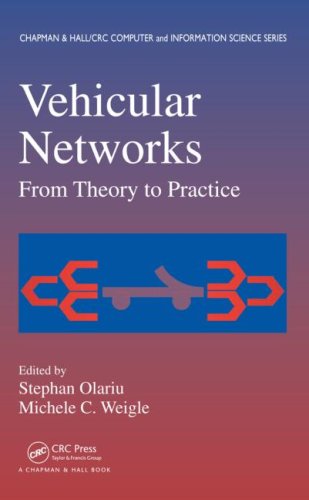

Most ebook files are in PDF format, so you can easily read them using various software such as Foxit Reader or directly on the Google Chrome browser.
Some ebook files are released by publishers in other formats such as .awz, .mobi, .epub, .fb2, etc. You may need to install specific software to read these formats on mobile/PC, such as Calibre.
Please read the tutorial at this link: https://ebookbell.com/faq
We offer FREE conversion to the popular formats you request; however, this may take some time. Therefore, right after payment, please email us, and we will try to provide the service as quickly as possible.
For some exceptional file formats or broken links (if any), please refrain from opening any disputes. Instead, email us first, and we will try to assist within a maximum of 6 hours.
EbookBell Team

5.0
18 reviewsIn spite of their importance and potential societal impact, there is currently no comprehensive source of information about vehicular ad hoc networks (VANETs). Cohesively integrating the state of the art in this emerging field, Vehicular Networks: From Theory to Practice elucidates many issues involved in vehicular networking, including traffic engineering, human factors studies, and novel computer science research.
Divided into six broad sections, the book begins with an overview of traffic engineering issues, such as traffic monitoring and traffic flow modeling. It then introduces governmental and industrial efforts in the United States and Europe to set standards and perform field tests on the feasibility of vehicular networks. After highlighting innovative applications enabled by vehicular networks, the book discusses several networking-related issues, including routing and localization. The following section focuses on simulation, which is currently the primary method for evaluating vehicular networking systems. The final part explores the extent and impact of driver distraction with in-vehicle displays.
Encompassing both introductory and advanced concepts, this guide covers the various areas that impact the design of applications for vehicular networks. It details key research challenges, offers guidance on developing future standards, and supplies valuable information on existing experimental studies.